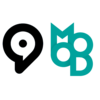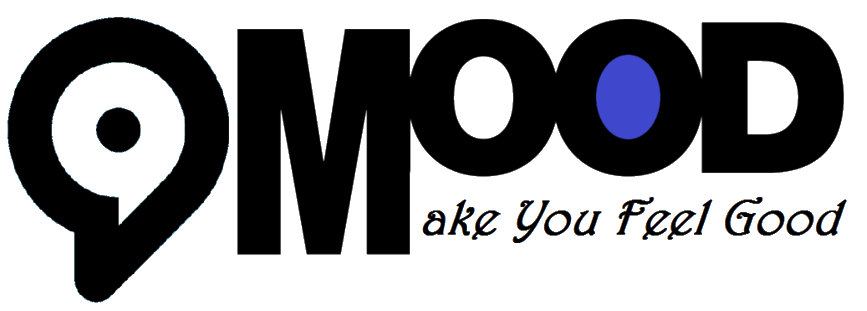In the dynamic relationship between designers and clients, misunderstandings often arise from differing perspectives and expectations. Designers, typically grounded in creativity and aesthetics, may prioritize innovative solutions and artistic expression. On the other hand, clients often focus on practical outcomes, budget constraints, and deadlines. This divergence can lead to miscommunication, where a designer’s vision may be interpreted as excessive or impractical by the client, while clients’ requests may be seen as limiting by the designer. Understanding these key differences is crucial for fostering a collaborative environment that respects both creativity and practicality.
Moreover, the language used by designers and clients can further complicate their interactions. Designers often utilize industry jargon and technical terminology that may be unfamiliar to clients, who might struggle to articulate their needs clearly. This gap in communication can result in projects that don’t meet client expectations or missed opportunities for designers to showcase their full potential. To bridge this divide, both parties must strive for clarity, actively listening to one another and establishing a shared vocabulary. By recognizing and respecting these differences, designers and clients can work together more effectively, leading to successful projects that satisfy both creative ambitions and practical requirements.
-
1
Designers and clients see everything so differently that a conflict is only a question of time . To illustrate this, 'Trust Me, I'm A "Designer"' made a witty animation that lists the things that cause the biggest disagreements. From typefaces, to software - professionals and their clients cannot be any more different. It hits the very core of the problematic relationship between the two groups and shows why designers and clients will never be friends. -
2

-
3

-
4

-
5

-
6

-
7

-
8

-
9

-
10

-
11

Discover more from 9Mood
Subscribe to get the latest posts sent to your email.




































0 Comments